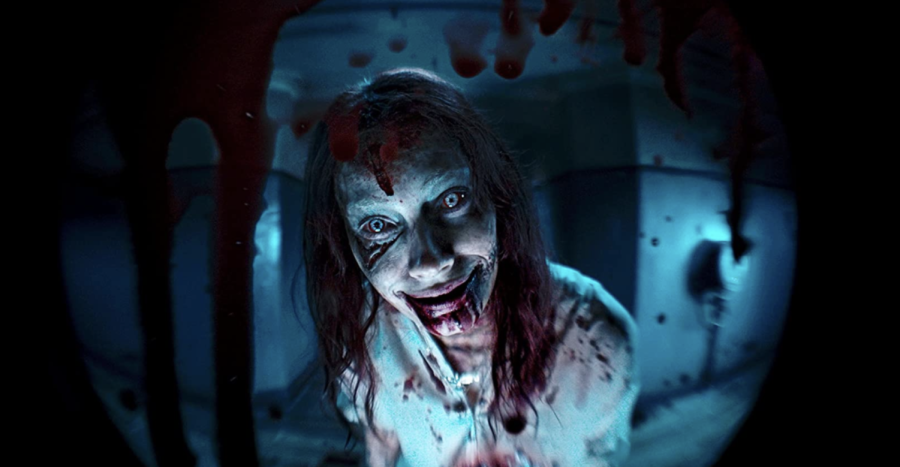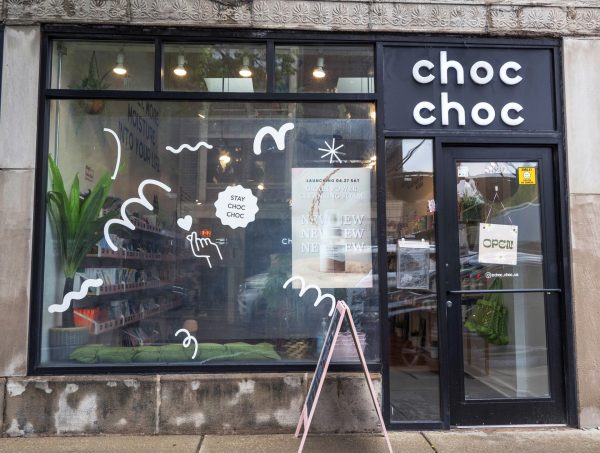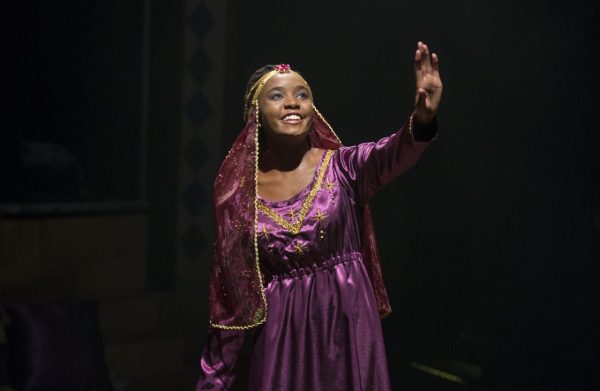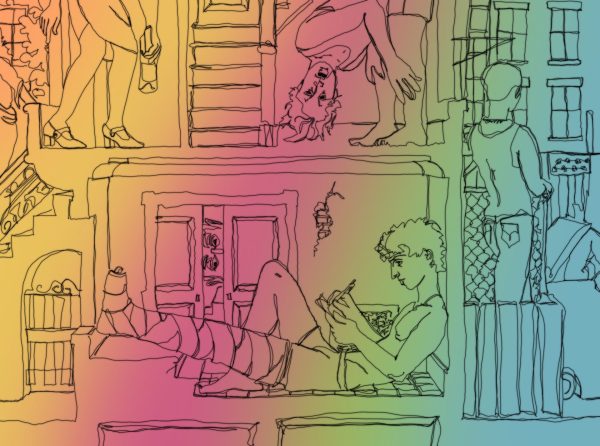“Evil Dead Rise”: A bloody good time
Alyssa Sutherland stars as Ellie in Lee Cronin’s most recent installation of “The Evil Dead.”
Independent cinema changed in 1981 when the release of Sam Raimi’s “The Evil Dead” signaled a collision of high and lowbrow sensibilities. Its popularity with mainstream audiences had no precedent. Here was a film that did not pretend to be above its B-movie influences and, instead, embraced them. Fast forward to the present day and, despite a slew of sequels and a spinoff series, its influence is abating. Many current horror films try to separate themselves from their vulgar predecessors and position themselves as high art. The latest installment in The Evil Dead series, “Evil Dead Rise,” returns to its splatterpunk origins. It is truly a pulpy, blood-soaked delight to watch.
As director Lee Cronin’s sophomore effort, “Evil Dead Rise” follows Beth (Lily Sullivan) who, during a stormy night in Los Angeles, finds out she is pregnant. Seeking advice, she goes to her sister Ellie’s (Alyssa Sutherland) apartment only to get trapped there after an unexpected earthquake occurs. To make matters worse, Ellie’s three children — Danny (Morgan Davies), Bridget (Gabrielle Echols) and Kassie (Nell Fisher) — discover ancient vinyls and a book wrapped in human flesh entombed beneath the apartment’s garage. Supernatural and horrific shenanigans ensue.
This premise alone is equal parts ridiculous and dead serious. The film, just like horror movies of years past, is concerned with heavy themes such as the nuclear family’s collapse and the burden of motherhood, but what distinguishes it is the means by which it explores these issues. “Evil Dead Rise” is a film that proudly wears its ludicrous influences on its sleeve. Just like “Evil Dead II,” it threads the needle between comedy and horror, often being so over the top in its gore that certain scenes play with a morbid humor that could be indistinguishable from terror for some viewers.
However, just because “Evil Dead Rise” draws from the past in no way means that it is indebted to its predecessor. For all the aesthetic achievements of the original Evil Dead, it is undoubtedly a film that harbors dated attitudes. Its depiction of women has faced pushback in recent years and deservedly so. “Evil Dead Rise” deconstructs this by situating the narrative around a female perspective and delving into the aforementioned theme of motherhood. Questions like “what constitutes motherhood in modernity?” have always been a part of horror films, but they have always been on the periphery. Movies like “Rosemary’s Baby” are the exception and never the rule. In this sense, “Evil Dead Rises” is a work that synthesizes aesthetics that are considered old-fashioned with ideas that are underexplored.
All these larger thematic concerns are backed up by stellar performances. Sutherland embodies Bruce Campbell’s manic energy as she descends from loving, albeit slightly absent, mother to a deranged spirit determined to murder her own family. She is also reminiscent of Nic Cage’s performances in that she is more concerned with creating a singular, unique performance as opposed to one that is natural (whatever that might mean). Sullivan is the perfect foil. She plays everything with an ultra serious demenor. When she wields a massive chainsaw while drenched in blood, there is nothing self aware about it. Sutherland and Sullivan together create an ideal tonal balance.
It is this type of clinical execution that really places “Evil Dead Rise” a step above other, more recent horror films. It is pulpy, but it is well executed pulp. It has no illusions of grandeur and the people behind it clearly have an affinity for other
B-movies. Furthermore, just because the presentation is flashy does not mean that the themes the film is peddling in have no value. Cronin has updated “The Evil Dead” for current times while simultaneously remaining faithful to the original. If there is any film that seeks to bridge the cultural divide between high and low art, it is this one.















